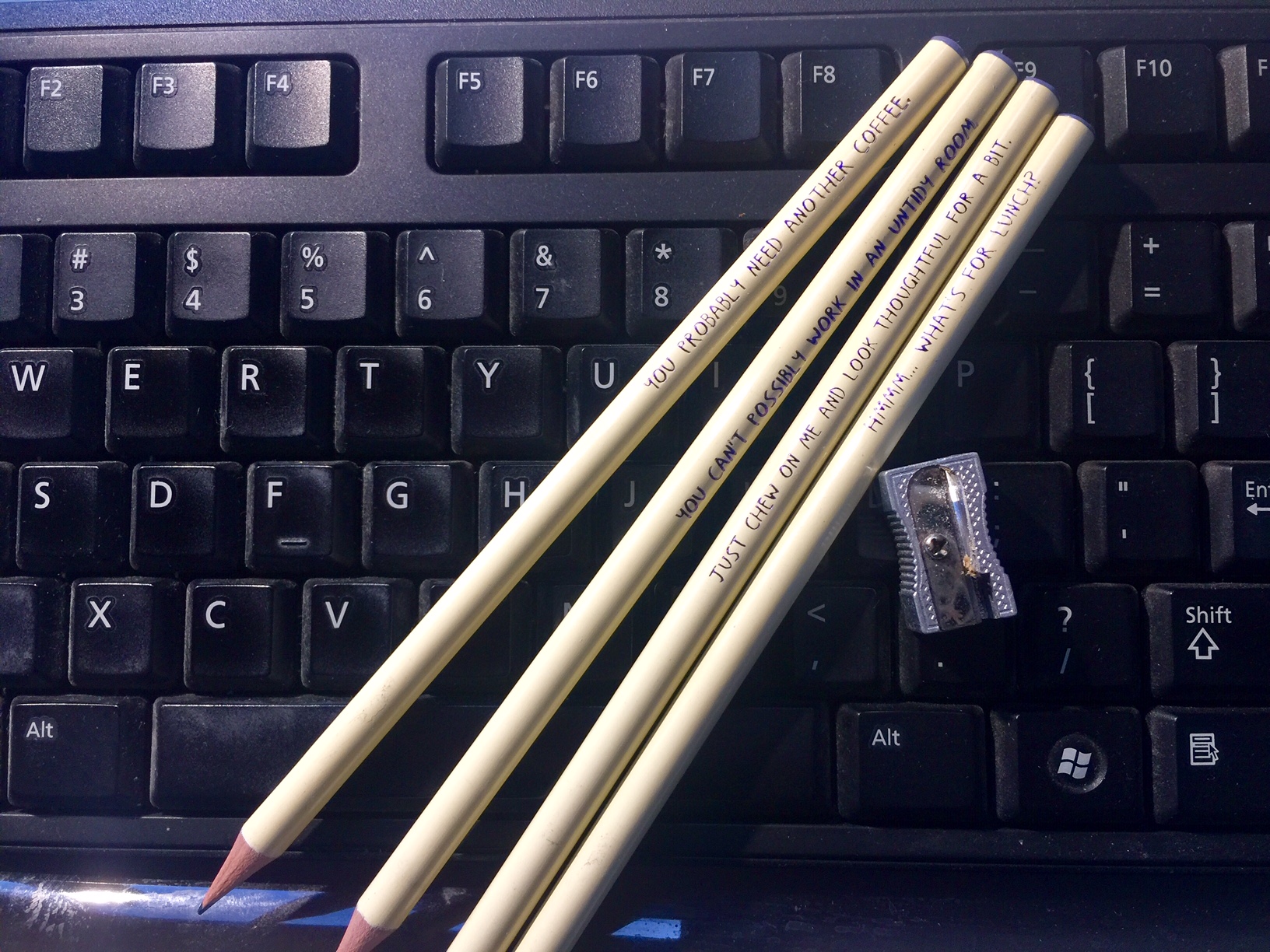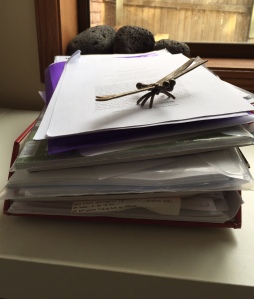As science communicators, we work from the logical process that knowledge creates attitudes, which influence behaviour.
But it doesn’t always work that way. Things get in the way, disrupting that process and creating a gap between what people know and what people do. That’s where the insights from behavioural science can help us communicate more effectively.
At the Australian Science Communication (ASC) 2020 conference, BehaviourWorks Australia (BWA) researchers Kun Zhao, Mark Boulet and Geoff Paine did a brilliant job on applying behavioural change to science communication. They explained that behavioural scientists look at actions they can see, what causes someone to act the way they do, and how we can leverage that to create behavioural change.
They took us through the group’s new Comms Mini Method, which begins with understanding what influences behaviour – and what gets in the way of people acting on what they know.
These are things like biases (unconscious drivers of behaviour), habits (unconscious repetition of behaviour) and even opportunity (the chance to act) and capability (the ability to carry out a behaviour).
The factors that influence behaviour. Source: BehaviourWorks Australia.
They pointed out that the people you are trying to influence are not like you, so it’s vital to understand their barriers and drivers. They shared BWA’s tried and tested approach to behavioural change with us, and say we often go straight from the problem to the solution and miss the ‘deep dive’:
- Exploration phase (problem focus) – what do you want to happen as a result of your communication? Who do you want to do what differently based on the information?
- Deep dive phase (behaviour focus) – what are the drivers and barriers your audience faces in doing what you want them to do, and how will doing it benefit them?
- Applications phase (impact focus) – what communication channels are open to you and, based on your deep dive, what’s the best match for your audience? How will you craft your messages based on your goals, their barriers and drivers, and the comms channels you’ve chosen?
Once you’ve gone through these phases, it’s time to put your communication into practice – and then there’s the evaluation process. But that’s a story for another time.
_______________________________________________________
Louise Creely is currently the Communication Manager at the University of Tasmania’s Institute for Marine and Antarctic Studies (IMAS) in Hobart, Tasmania. When first joining IMAS, she worked on the award-winning Tuna Champions project, a national engagement and education program encouraging recreational fishers to use the best fishing practices for southern bluefin tuna and to become stewards of the fishery.
This article was first published in
Econnect Communication’s e-newsletter (March 2020)

 Getting into a home-office headspace isn’t easy at the best of times. Making the readjustment when COVID-19 is dictating how we live, socialise and work is a real challenge.
Getting into a home-office headspace isn’t easy at the best of times. Making the readjustment when COVID-19 is dictating how we live, socialise and work is a real challenge.
 When email was a new thing, there were a lot of etiquette tips flying around as we all learnt (sometimes the hard way) about communicating sans body language. These days, we’ve all got it worked out, right?
When email was a new thing, there were a lot of etiquette tips flying around as we all learnt (sometimes the hard way) about communicating sans body language. These days, we’ve all got it worked out, right? My friend and I were talking this week about how overwhelmed we feel with everything we have to do – and how it’s pretty impossible to get to the bottom of the ‘intray’ (of our lives, not the overflowing one on the desk), because stuff just keeps piling up.
My friend and I were talking this week about how overwhelmed we feel with everything we have to do – and how it’s pretty impossible to get to the bottom of the ‘intray’ (of our lives, not the overflowing one on the desk), because stuff just keeps piling up.



 Using capitals for document titles and headlines can also be a style thing, so check your organisation’s style guide to find out their preferences.
Using capitals for document titles and headlines can also be a style thing, so check your organisation’s style guide to find out their preferences.